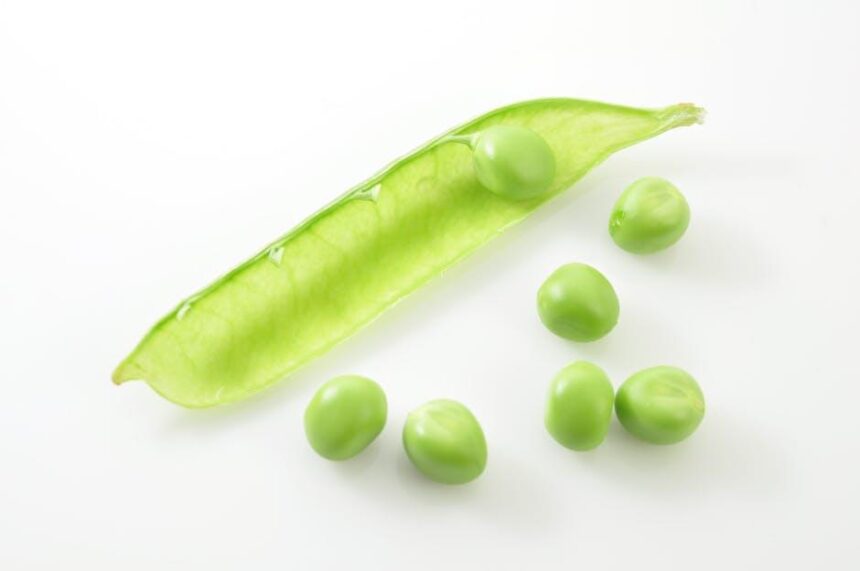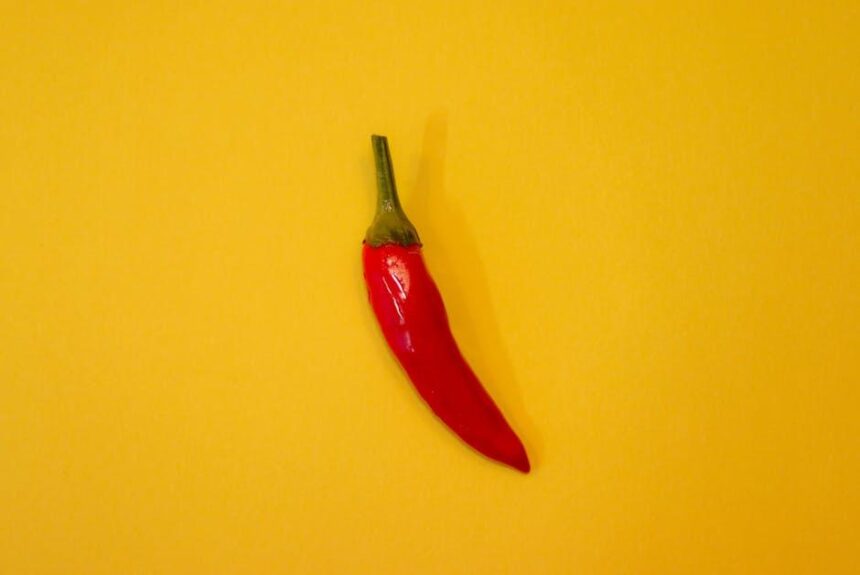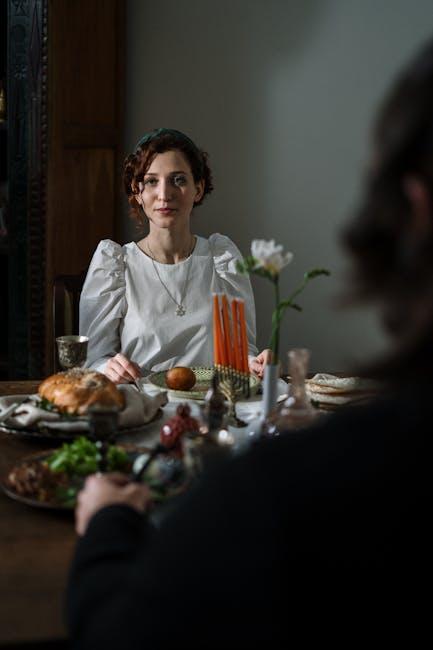In the delicate dance between food and senses, how a meal is presented can be as influential as its ingredients. The art of plating transforms a simple dish into a visual story, setting the stage before the first bite. This subtle interplay between color, arrangement, and portion not only sparks appetite but also shapes the overall dining experience. Exploring the science and psychology behind meal plating reveals how our perceptions of taste and satisfaction are deeply intertwined with the way food is served-proving that we truly eat with our eyes first.
The Psychology Behind Visual Appeal and Appetite Stimulation
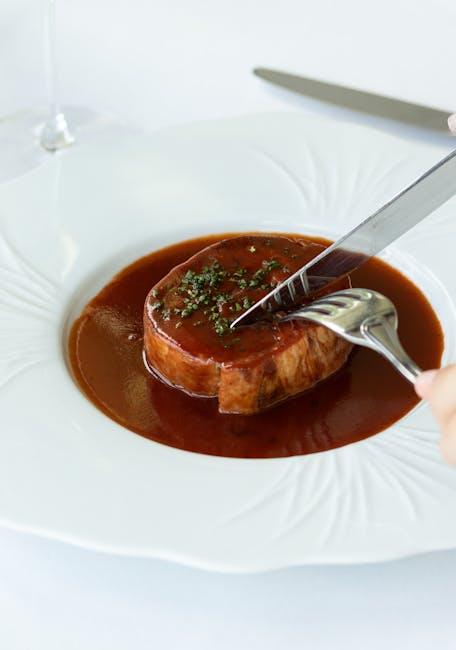
The act of plating food is far more than merely arranging components on a dish; it taps into fundamental psychological triggers that influence our desire to eat. Visual appeal can enhance anticipation and heighten sensory perception, effectively setting the stage for a more enjoyable meal. Our brains are wired to respond to certain visual cues such as color contrast, symmetry, and portion balance. When a plate presents vibrant colors in a harmonious layout, it stimulates the release of dopamine, the “feel-good” neurotransmitter, which indirectly amplifies our appetite. This connection between sight and taste means that a well-plated meal doesn’t just look better-it actively encourages us to savor every bite.
- Color harmony: Bright, complementary colors increase appeal and signal freshness.
- Texture variety: Mixing smooth, crunchy, and tender elements whets our sensory curiosity.
- Portion balance: Neither overwhelming nor sparse portions support appetite regulation and satisfaction.
- Visual symmetry: Balanced placement creates a pleasing, instinctively attractive image.
| Visual Cue | Psychological Effect | Appetite Impact |
|---|---|---|
| Bright Colors | Signals freshness and variety | Increases salivation and hunger |
| Neat Arrangement | Promotes visual order | Reduces overwhelm, increases desire |
| Mixed Textures | Engages sensory complexity | Enhances tasting pleasure |
Texture and Color Contrast as Key Drivers of Taste Perception
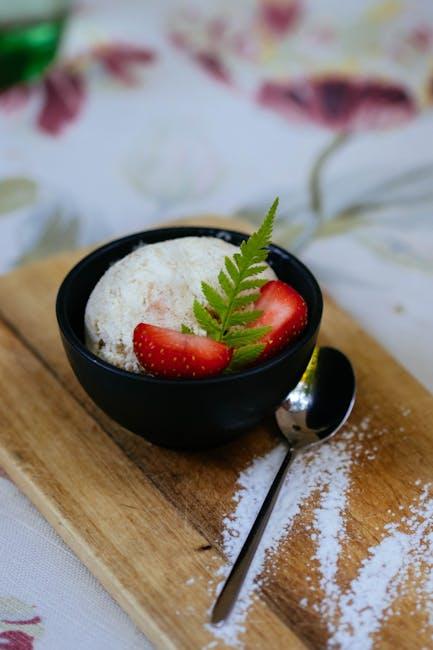
The sensory experience of a meal extends far beyond taste alone; texture and color play pivotal roles in shaping our perception of flavor. A dish that skillfully balances crispy, creamy, and tender elements can intrigue the palate, creating a dynamic interplay that elevates enjoyment. For instance, the contrast between a crunchy garnish atop a smooth puree invites curiosity and anticipation, making each bite more engaging and memorable.
Similarly, the visual impact of vibrant, contrasting colors not only stimulates appetite but also primes our brains to expect diverse tastes and sensations. Bright reds, deep greens, and golden yellows arranged thoughtfully can suggest freshness and complexity. Consider the following examples where texture and color contrast significantly enhance taste perception:
| Texture Component | Color Contrast | Effect on Taste |
|---|---|---|
| Crunchy nuts | Glossy dark chocolate | Richness balanced with crispiness |
| Silky mousse | Bright red berry sauce | Sweet and tart harmony |
| Velvety risotto | Vibrant green herbs | Earthy flavor lifted by freshness |
- Texture contrasts spark curiosity and prevent monotony in flavor.
- Color contrasts prepare taste buds mentally, influencing flavor expectations.
- Combining these elements creates more memorable and enjoyable dining experiences.
Arranging Portions for Balanced Satisfaction and Nutritional Awareness
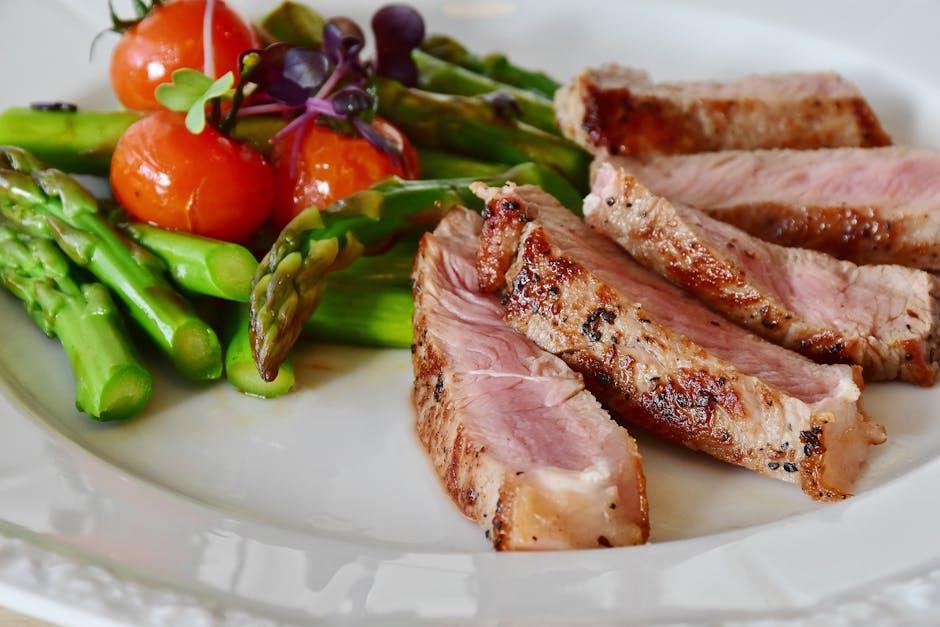
Serving the right portions can transform a meal into a harmonious experience that satisfies both the palate and the body. To achieve this balance, one must consider the visual appeal alongside nutritional value. Arranging food in a way that highlights variety and freshness encourages mindful eating, allowing you to fully appreciate each bite without feeling overwhelmed or deprived. Balancing colors, textures, and shapes on the plate not only enhances appetite but also guides healthy portion control naturally-small, vibrant servings invite slow, deliberate enjoyment.
Creating an intentional layout for your meal simplifies nutritional awareness. By dividing the plate into sections, you can control what, and how much, goes where. For example, use this simple guideline:
| Portion | Food Category | Examples |
|---|---|---|
| Half Plate | Vegetables & Fruits | Spinach, carrots, berries |
| Quarter Plate | Proteins | Grilled chicken, tofu, legumes |
| Quarter Plate | Whole Grains & Carbs | Quinoa, brown rice, sweet potato |
- Play with volume: Use smaller plates to moderate portions without sacrificing satisfaction.
- Include a variety of food groups: This encourages balance and nutritional completeness.
- Prioritize nutrient-dense foods: They fill you up efficiently while fueling your body.
Practical Tips for Elevating Everyday Meals Through Thoughtful Plating
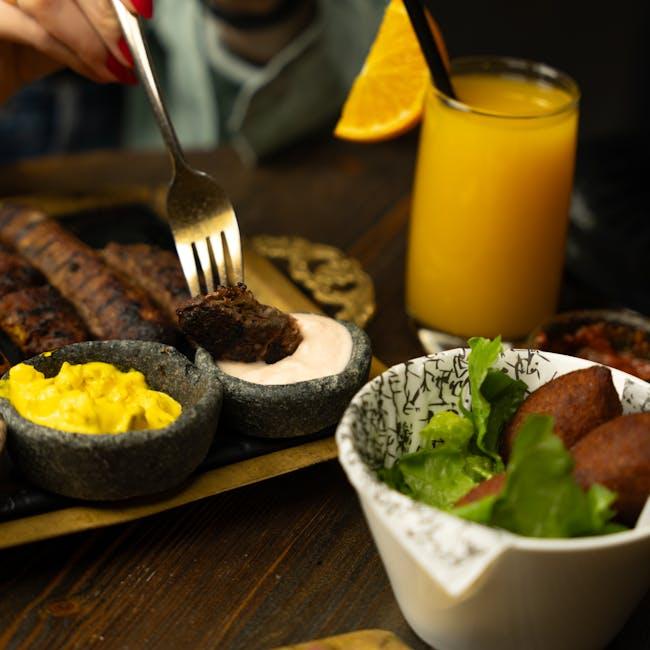
Transforming a simple dish into a feast for the eyes can dramatically enhance your dining experience. Start by choosing contrasting colors on the plate to create visual intrigue-think vibrant greens against warm yellows or deep reds. Use the plate space wisely: reserve negative space to frame your food and avoid overcrowding, giving each element room to breathe. Adding height by stacking or layering components invites curiosity and adds dimension, encouraging your brain to perceive the meal as more satisfying and thoughtfully prepared.
Textures play a silent but powerful role in plating. Introduce variety by pairing crispy, smooth, and creamy elements side by side to entice your palate even before the first bite. Use small garnishes like fresh herbs, edible flowers, or a drizzle of sauce to add finesse without overshadowing main ingredients. Here’s a quick reference table for creating balance and appeal in plating:
| Element | Tip | Effect |
|---|---|---|
| Color | Mix warm & cool tones | Enhances visual interest |
| Texture | Pair crunchy & creamy | Stimulates tactile senses |
| Height | Stack or layer foods | Adds dimension & depth |
| Spacing | Leave some blank space | Prevents plate clutter |
| Garnish | Use minimal, natural accents | Completes presentation |
Key Takeaways
In the end, the way we plate our meals is more than just an artful flourish; it’s a subtle dialogue between the food and our senses. A thoughtfully arranged plate can ignite curiosity, evoke emotions, and gently guide our appetite, transforming a simple meal into a multisensory experience. By paying attention to colors, shapes, and textures before the first bite, we invite not only nourishment but also enjoyment to take center stage. So next time you sit down to eat, remember: how your meal is presented may be just as important as what’s on your plate.










